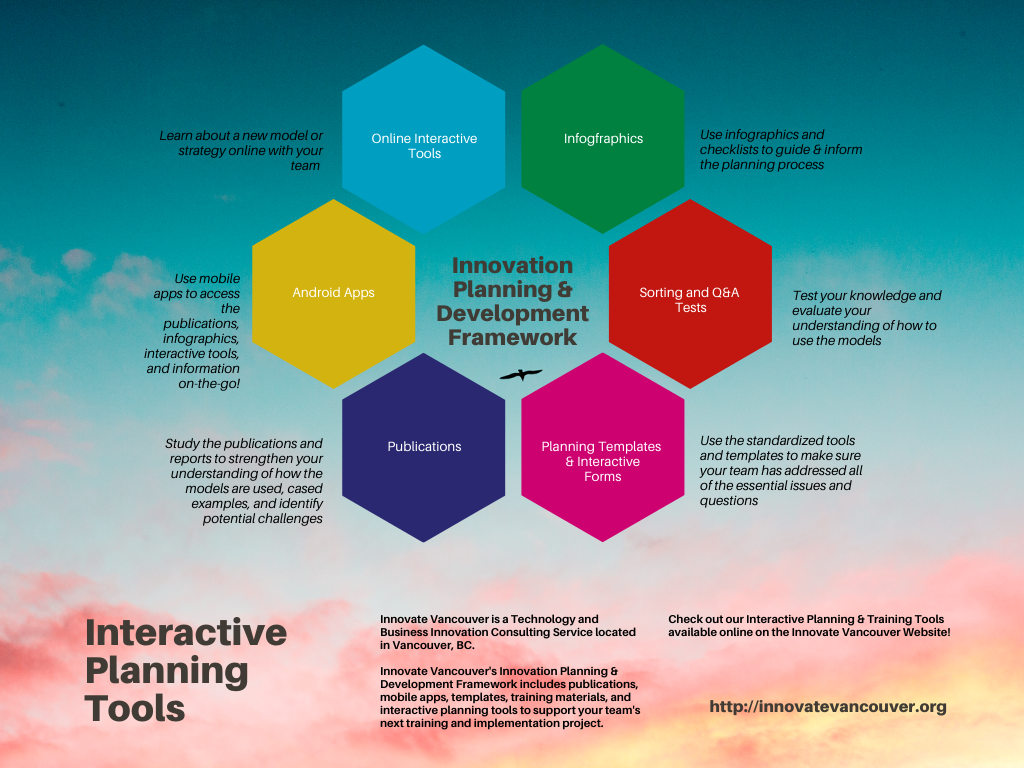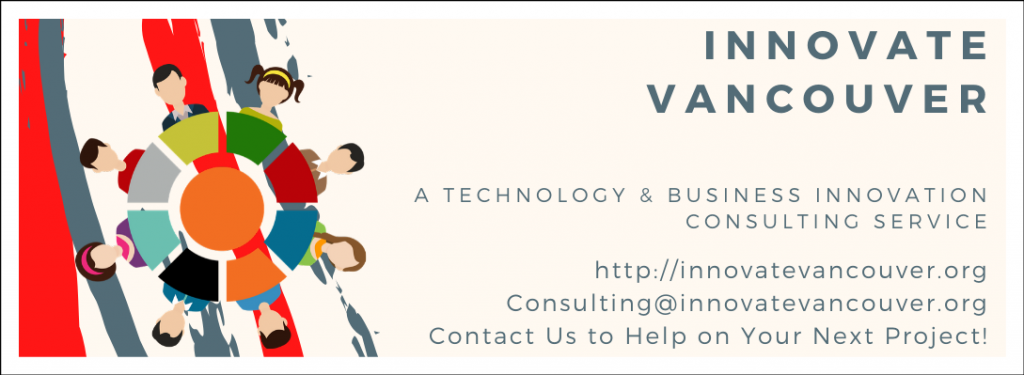This step involves the actual development and formalizing the company’s strategic intent. This is the final stage where you will apply what you learned in previous steps. Leverage your new Business Model components to support your strategic plan! Identify business strengths and areas for improvement in each business area. Print out & save a copy for your records.
Strategic Plan Components
The order of the strategic planning methodology follow the path of similar models. The executive summary aims to provide a concise overview. It covers the business’ strategic background, efforts, and future vision. Subsequent stages provide additional images surrounding the business’ industry, market, and costs. They conclude with a point by point description of the business’ goals.
Executive Summary
The executive summary section provides a high level overview of the business environment. It builds upon the business overview section (mission, values, and business structure). It also describes the product/service offerings and customer categories. Additionally, it provides a high level review of the business’ goals detailed in the previous section.
Your team may choose to leave the summary (here) at the end of the planning document. Alternatively, you may attach it to the business overview section at the beginning of the plan.
Business Overview
The business overview section has a key purpose. It offers readers, coworkers, potential investors, or future business partners a glimpse into your company. It aims to provide coworkers and potential investors with a brief insight.
Future business partners also gain an understanding of your purposes. It also provides insight into its structure and mission. This information helps the reader of the strategic plan to better understand the context and industry of the following sections.
Sales & Marketing Plan
The sales and marketing plan establishes who your customers are. It outlines how they will be reached. It defines the value proposition of your product/service offerings. Without these channels, you have a limited understanding of the problem being solved by your company’s product/service. There is very little chance that your business will be able to thrive.
Human Resources Plan
Human resource assets drive value throughout the business model. Without effective human resource assets the performance in other areas would deteriorate and undermine the business. These areas include technical operations, financial, distribution & logistics, marketing & sales, services, and research & development.
Establishing a human resource plan supports the business’ recruitment efforts and training goals. It supports the strategic vision. It also provides opportunities for business model alignment, strengthening, and innovation.
Financial Plan
The financial plan establishes how financial and physical assets are allocated and used. The story that these numbers help provide highlights the mission, values, and direction of the business over the coming term. Although the numbers can seem intimidating to many, driving value across the business environment is simple. It involves understanding the story they tell.
Action Plan
The action plan incorporates the information from earlier sections. It establishes what goals are in place. It determines what strategies will be used to deliver these goals. It also supports performance evaluation. How goals are evaluated varies depending on the business and its priorities
Strategic Plan Components Review
Additional Resources
The following tool is used to confirm who participates in the planning process and to insure that the planning document remains relevant.

